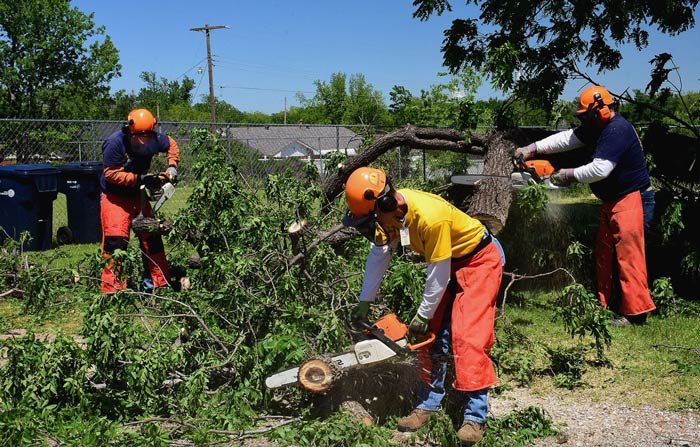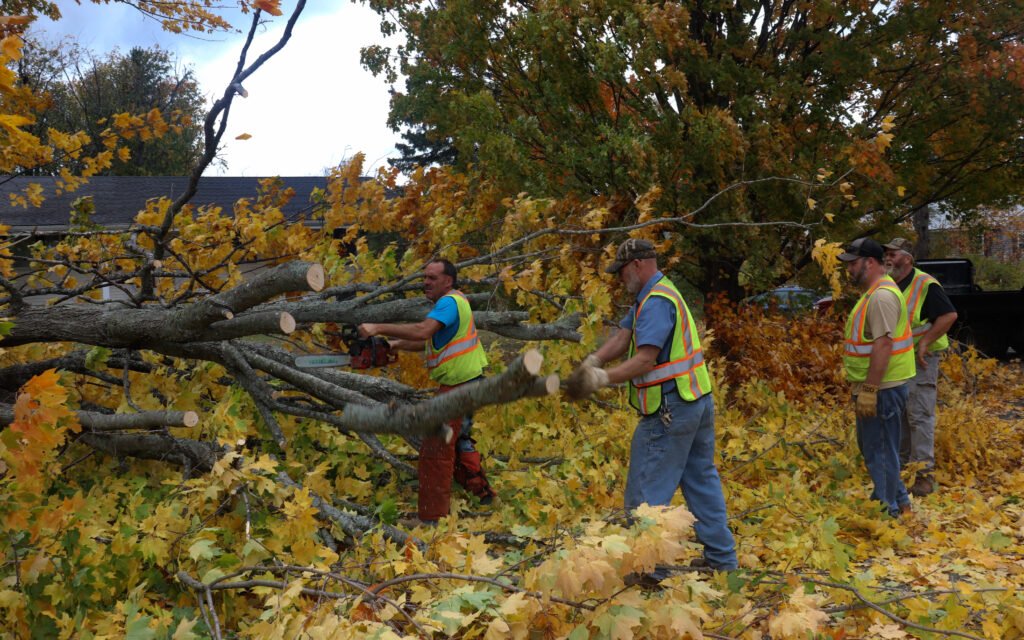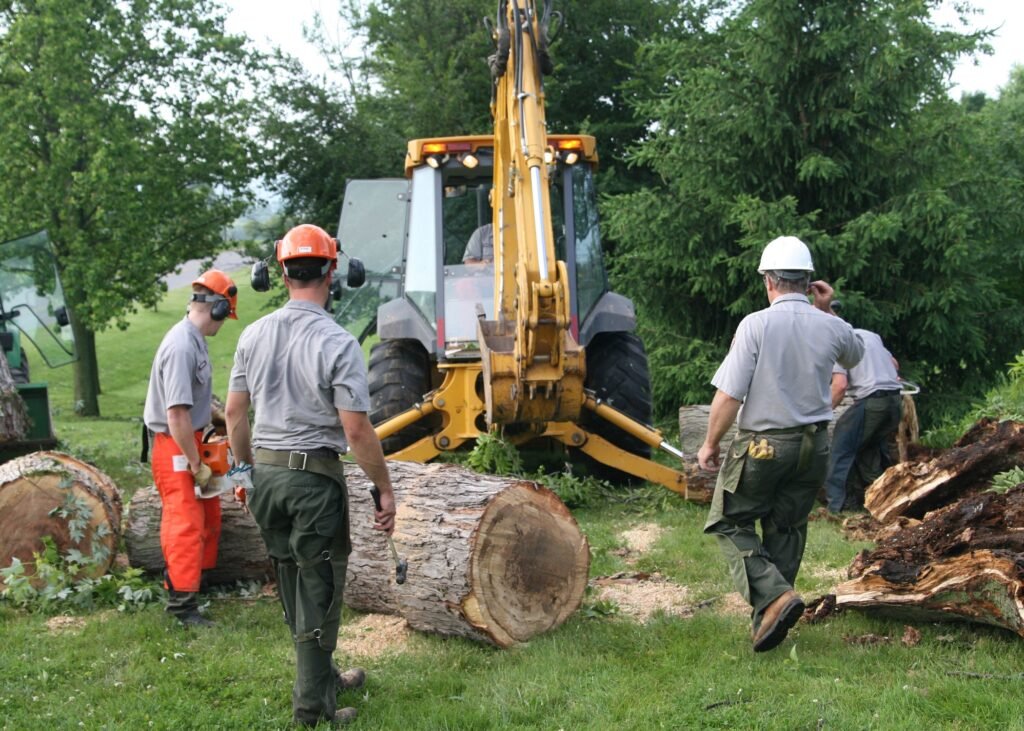Remove Fallen Trees
Removing fallen trees refers to the process of clearing and disposing of trees that have fallen due to natural disasters, storms, or other reasons. It is important to remove fallen trees urgently for several reasons:

- Safety hazard: Fallen trees can pose immediate safety risks to people, property, and infrastructure. They may block roads, obstruct pathways, or be in precarious positions that could cause further damage or injury if not promptly addressed.
- Accessibility: Removing fallen trees allows for the restoration of normal traffic flow, access to buildings, and the ability to resume regular activities in the affected area.
- Preventing further damage: Fallen trees can cause additional damage if left unattended. They may damage power lines, buildings, fences, or other trees in the process. Removing them quickly helps prevent further destruction.
The key steps in removing fallen trees typically include:
- Assessment: Evaluating the situation to determine the extent of the damage, the size of the fallen tree, and any potential hazards or complications involved in the removal process.
- Safety precautions: Ensuring the area is safe for workers and onlookers. This may involve cordoning off the area, redirecting traffic, or using warning signs.
- Equipment preparation: Gathering the necessary tools and equipment, such as chainsaws, ropes, cranes, or other machinery, to safely and efficiently remove the fallen tree.
- Limb removal: Cutting and removing any branches or limbs that may be obstructing access or causing further damage. This step may involve pruning or cutting the tree into smaller sections for easier handling.


- Trunk removal: Cutting the trunk of the fallen tree into manageable pieces, so it can be safely lifted and transported away from the site. This may require the use of heavy machinery or specialized equipment.
- Stump removal: Depending on the situation, the stump of the fallen tree may need to be removed as well. This can involve grinding or excavation, depending on the size and location of the stump.
- Clean-up and disposal: Clearing the area of debris, such as branches, leaves, and wood chips, and properly disposing of the fallen tree material. This may involve recycling, mulching, or hauling the wood away for appropriate disposal.
It is important to note that removing fallen trees can be a complex and potentially dangerous task. It is often recommended to seek professional assistance or consult local authorities to ensure the safe and efficient removal of fallen trees.
